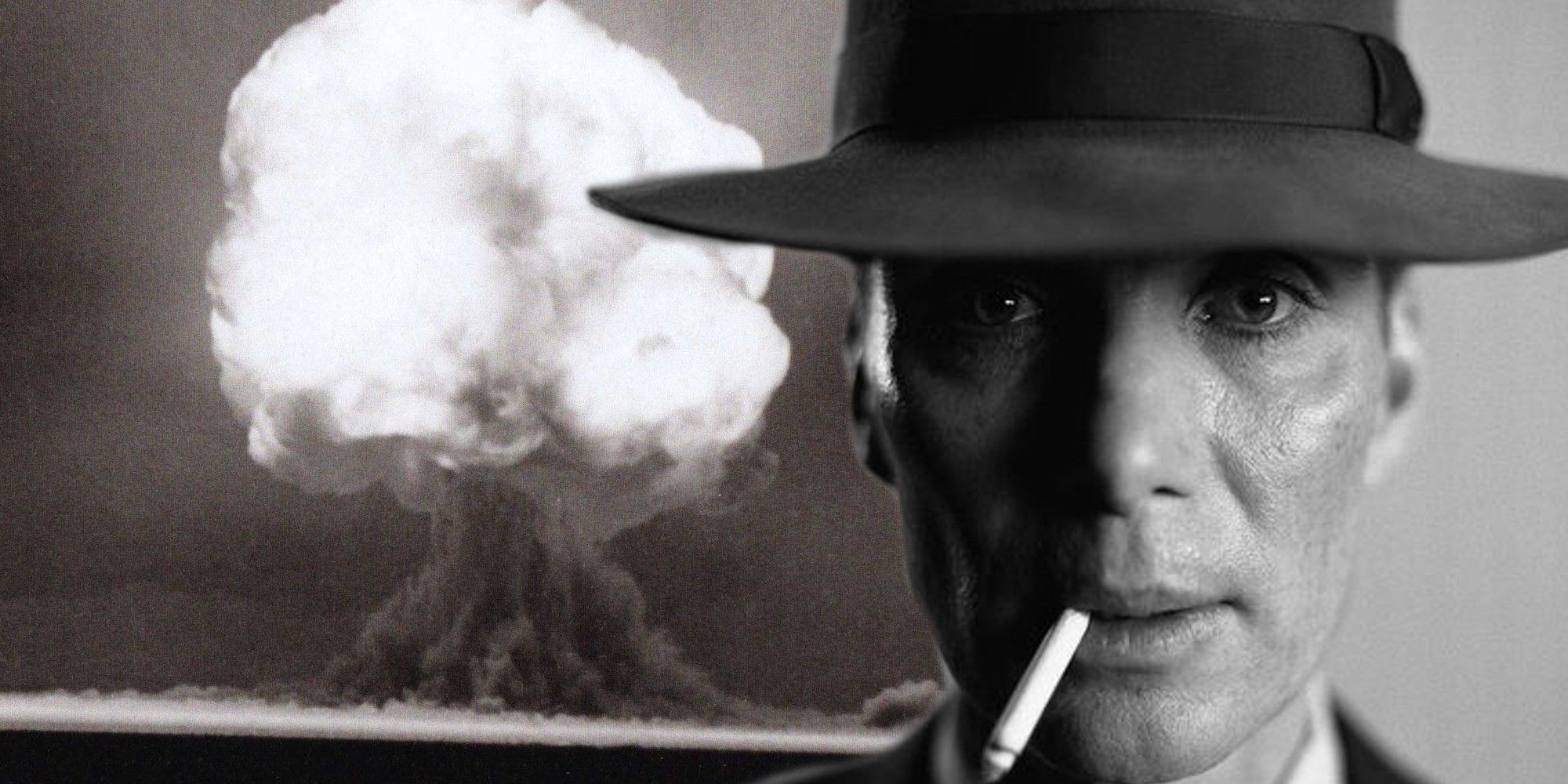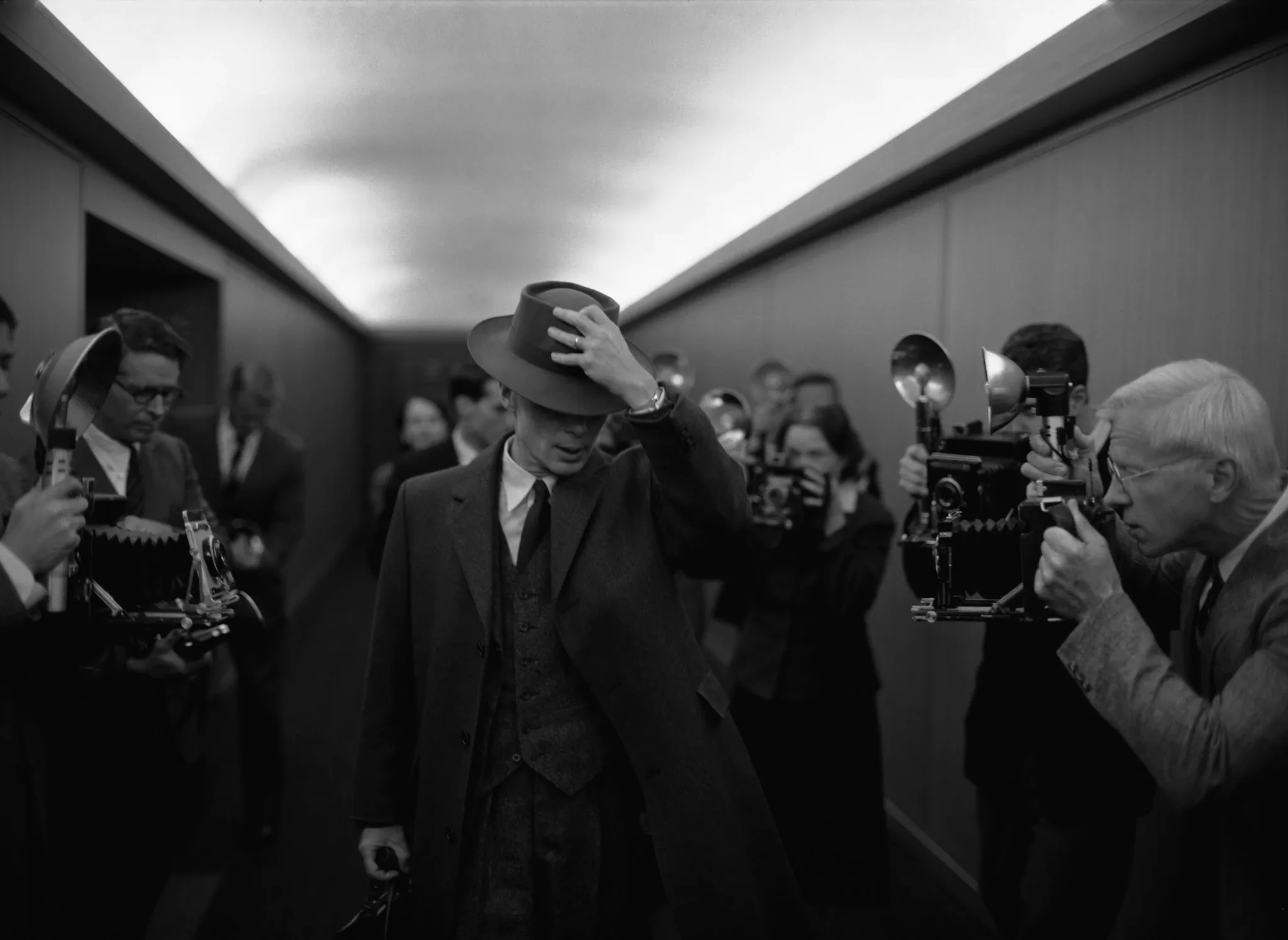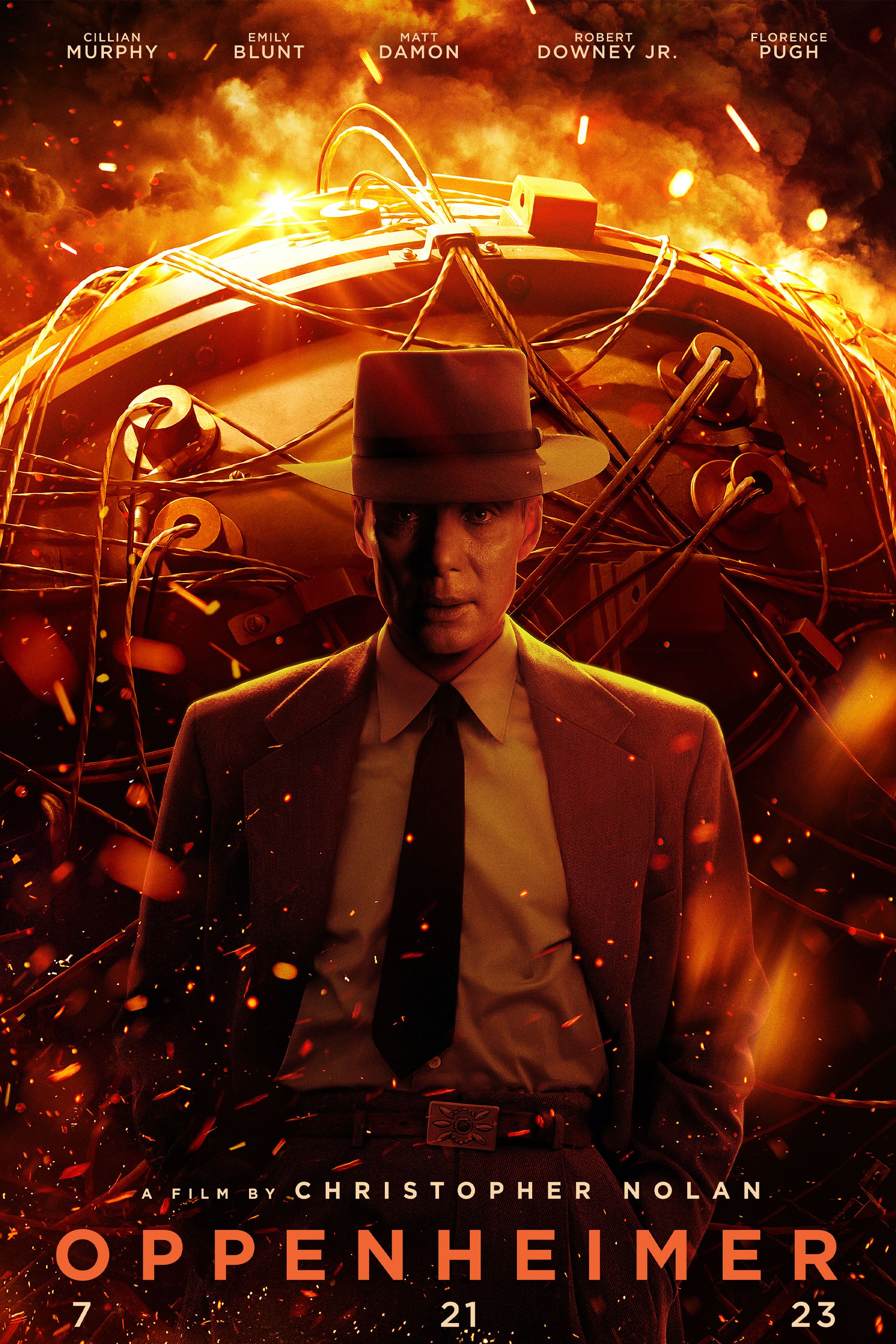According to director Christopher Nolan, the upcoming biographical film Oppenheimer reportedly recreates the first nuclear bomb test blast without using digital CGI visual effects. Nolan and Universal Pictures' forthcoming film collaboration boasts a star-studded cast featuring Cillian Murphy, Emily Blunt, Matt Damon, Robert Downey Jr., and Florence Pugh. Oppenheimer is primarily based on Kai Bird and Martin J. Sherwin's American Prometheus: The Triumph and Tragedy of J. Robert Oppenheimer and will chronicle Oppenheimer's (Murphy) life and role in the creation of the atomic bomb.
As reported by GamesRadar, Nolan revealed to Total Film that to recreate the New Mexico-based 1945 Trinity Test, the first nuclear weapon detonation, the director opted not to use digital CGI effects to create the blast in his first feature film collaboration with Universal Pictures. Praising the work of Oppenheimer's visual effects director Andrew Jackson, Nolan revealed that while the practical effects proved challenging, they carefully considered how they could recreate as much of the event as faithfully as possible with physical effects. Check out Nolan's complete response below:
"I think recreating the Trinity test [the first nuclear weapon detonation, in New Mexico] without the use of computer graphics, was a huge challenge to take on. Andrew Jackson – my visual effects supervisor, I got him on board early on – was looking at how we could do a lot of the visual elements of the film practically, from representing quantum dynamics and quantum physics to the Trinity test itself, to recreating, with my team, Los Alamos up on a mesa in New Mexico in extraordinary weather, a lot of which was needed for the film, in terms of the very harsh conditions out there – there were huge practical challenges."
Practical Effects Is A Big Part Of What Makes Nolan's Movies Special
Across his 24-year filmmaking career before Oppenheimer, Nolan has become celebrated for his creative priorities and impressive practical effect works that have allowed him to create some of the most striking film sequences of the 21st century. Between crafting Interstellar's mesmerizing space travel sequences and the mind-bending, shifting dreamscape hotel corridors of Inception, Nolan has used several large sets and complex mechanical setups to avoid relying on greenscreen and digital effects to create unreal sequences with fantastical scenarios. As such, Nolan's films have a physical aspect that helps ground audiences in the world of the film, making the most outlandish stories feel within a viewer's reach.
Beyond creating impressive visuals, Nolan's dedication to utilizing practical effects has also allowed him to maintain his status as an auteur filmmaker, even during his work on iconic franchises such as his Dark Knight trilogy. While other filmmakers may have the status of a filmmaking auteur through their work on a specific genre, or common themes and tropes amongst their works, Nolan has tackled a varied selection of stories and genres that lack an apparent common subtextual trait across his filmography. Despite this, Nolan's dedication to predominantly practical effects has allowed the director to maintain a recognizable style that can be found across his works, no matter whether they're depicting World War II heroics in Dunkirk, walking audiences through time-bending espionage in Tenet or the complexities of making a monumental discovery in the upcoming Oppenheimer.
Between Nolan's return to distinct black-and-white visuals and teases of the film's dedication to practically recreating the first detonation of a nuclear weapon, Oppenheimer promises to be one of 2023's most anticipated and visually stunning films. While audiences may be more than familiar with the images of mushroom clouds and deadly destruction across over half a century of pop culture involving nuclear weapons, most films have relied on archive footage or digital effects to recreate the destruction. But with Nolan's dedication to practical effects and faithfulness to historical life, Oppenheimer's blast may not only impress audiences visually but also capture the terrifying but world-changing moment that the scientist's creation was shown to the world for the first time.
Source: Total Film (Via GamesRadar)



